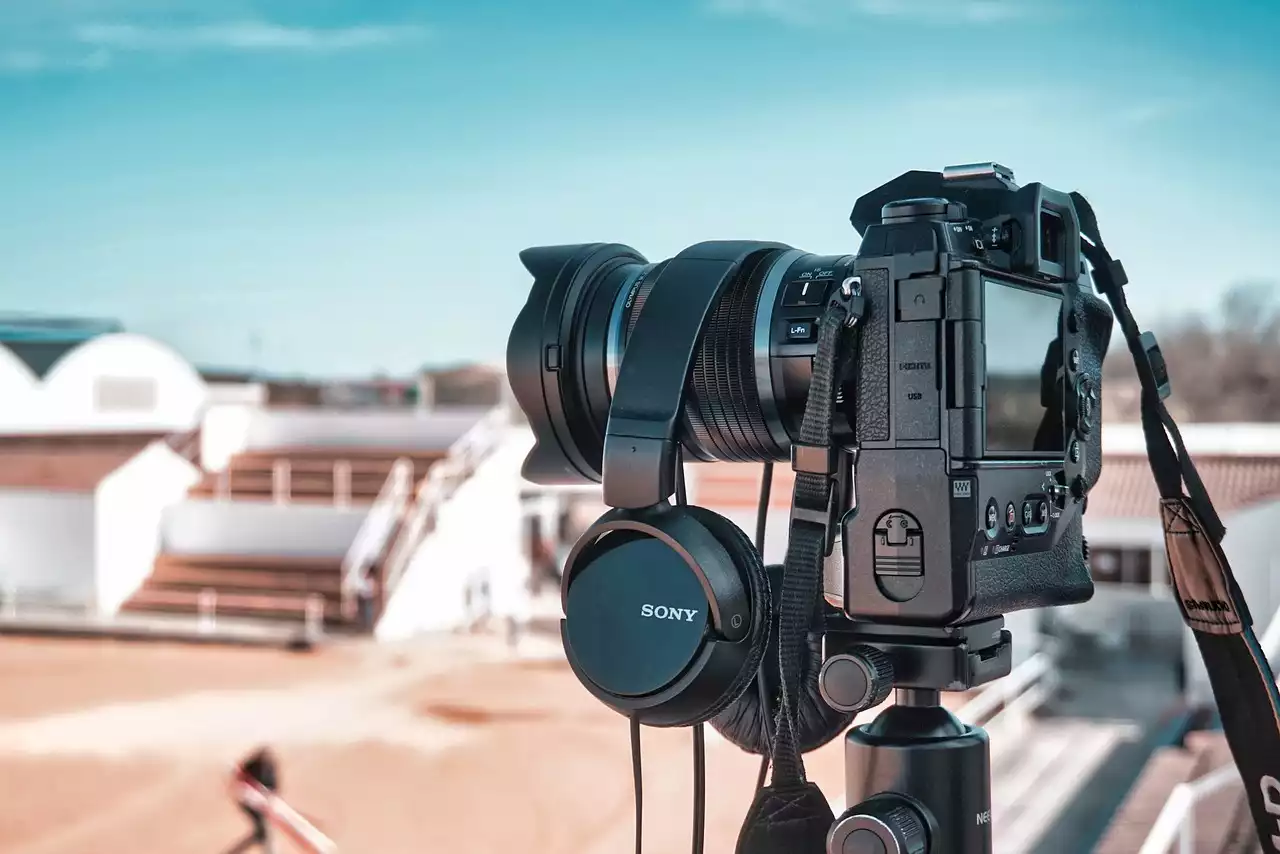Why Video Storytelling is Important
Video storytelling is a powerful tool for communication, engagement, and persuasion. It allows you to tell your story in a way that words alone cannot. Videos grab the viewer's attention and keep them engaged. They can evoke emotions, create a connection, and inspire action. In today's digital age, videos are the most consumed form of content, and they have become an integral part of marketing strategies. According to a recent survey, video marketing has proven to be effective, with 85% of businesses using video as a marketing tool, and 87% of marketers reporting that video has increased traffic to their website.
Videos have a higher retention rate than text or images, making them an ideal medium for storytelling. They are shareable and can be easily distributed through social media platforms. Videos can help you showcase your products or services, tell your brand story, or even share a personal experience. They are also a great way to engage with your audience and build a loyal following.
The Basic Elements of Video Storytelling
Video storytelling has certain elements that make it compelling and engaging. These elements include a storyline, characters, emotions, and a call to action. A good story has a clear beginning, middle, and end. It should be relatable and relevant to your audience. The characters in your video should be authentic and relatable. They should evoke emotions and connect with your audience on a personal level. Your video should have a clear call to action, whether it's to buy your product, sign up for your service, or share your video with their friends.
Another important element of video storytelling is the tone. The tone of your video should match your brand's personality and values. It should also be appropriate for your target audience. For example, if you're targeting a younger audience, your tone should be upbeat and energetic. If you're targeting a more mature audience, your tone should be more serious and professional.
Choosing the Right Story for Your Video
Choosing the right story for your video is crucial. Your story should be relevant to your brand and resonate with your audience. It should also have a clear message and a purpose. To choose the right story, you need to understand your audience and what they care about. You can use surveys, focus groups, or social media analytics to gain insights into your audience's preferences.
Once you have a clear understanding of your audience, you can choose a story that aligns with your brand and resonates with your audience. Your story can be about your brand's history, your products or services, or even a personal experience. Whatever story you choose, make sure it's authentic, relatable, and has a clear message.
Crafting a Compelling Script for Your Video
A compelling script is the foundation of a great video. It sets the tone, establishes the storyline, and connects with your audience. When crafting your script, keep in mind your audience's preferences, your brand's personality, and the story you want to tell.
Start by creating an outline of your video. This will help you organize your thoughts and structure your script. Your script should have a clear beginning, middle, and end. It should also have a clear message and a call to action.
When writing your script, use simple language and avoid jargon. Keep your sentences short and concise. Use active voice and avoid passive voice. Use visuals to reinforce your message and keep your audience engaged.
Pre-Production Planning for Video Storytelling
Pre-production planning is essential for creating a successful video. It involves planning, budgeting, and scheduling your video shoot. During this phase, you'll also need to decide on the location, props, and wardrobe.
Start by creating a storyboard. This will help you visualize your video and plan your shots. You'll also need to create a shot list, which is a list of all the shots you need for your video.
Budgeting is also an important part of pre-production planning. You'll need to determine how much money you have to spend on your video and allocate it accordingly. You'll also need to schedule your shoot, taking into account the availability of your crew and talent.
Essential Equipment for Video Storytelling
Having the right equipment is essential for creating a high-quality video. You'll need a camera, a tripod, lighting, and sound equipment. If you're on a tight budget, you can use your smartphone to shoot your video.
When choosing your camera, consider the resolution, frame rate, and lens. A higher resolution will give you a clearer image, and a higher frame rate will give you smoother motion. The lens you choose will depend on the type of shot you want to capture.
Lighting is also important for creating a high-quality video. You'll need to choose the right type of lighting, whether it's natural or artificial. You'll also need to position your lights to create the right mood and atmosphere.
Sound quality is also important for creating a high-quality video. You'll need a microphone and a recorder to capture high-quality sound.
Tips for Shooting and Editing Your Video
Shooting and editing your video can be a daunting task, but with the right tips and techniques, you can create a high-quality video.
When shooting your video, make sure you have a clear vision of what you want to achieve. Use your shot list and storyboard to guide your shots. Make sure your footage is well-lit and properly framed.
When editing your video, start by organizing your footage. Use a video editing software to trim your footage, add transitions, and add text and graphics. Use music and sound effects to enhance your video.
Adding Music and Sound Effects to Enhance Your Video
Music and sound effects can enhance your video and create a more immersive experience for your audience. When choosing music, consider the mood and tone of your video. Use music that reinforces your message and resonates with your audience.
When adding sound effects, consider the context and the mood of your video. Use sound effects that enhance the visuals and reinforce the message.
Best Practices for Sharing Your Video on Social Media
Sharing your video on social media can help you reach a wider audience and increase engagement. When sharing your video, consider the platform and the audience. Use hashtags to increase visibility and engagement.
When sharing your video on social media, make sure you have a clear call to action. Encourage your audience to share your video, like your page, or visit your website.









